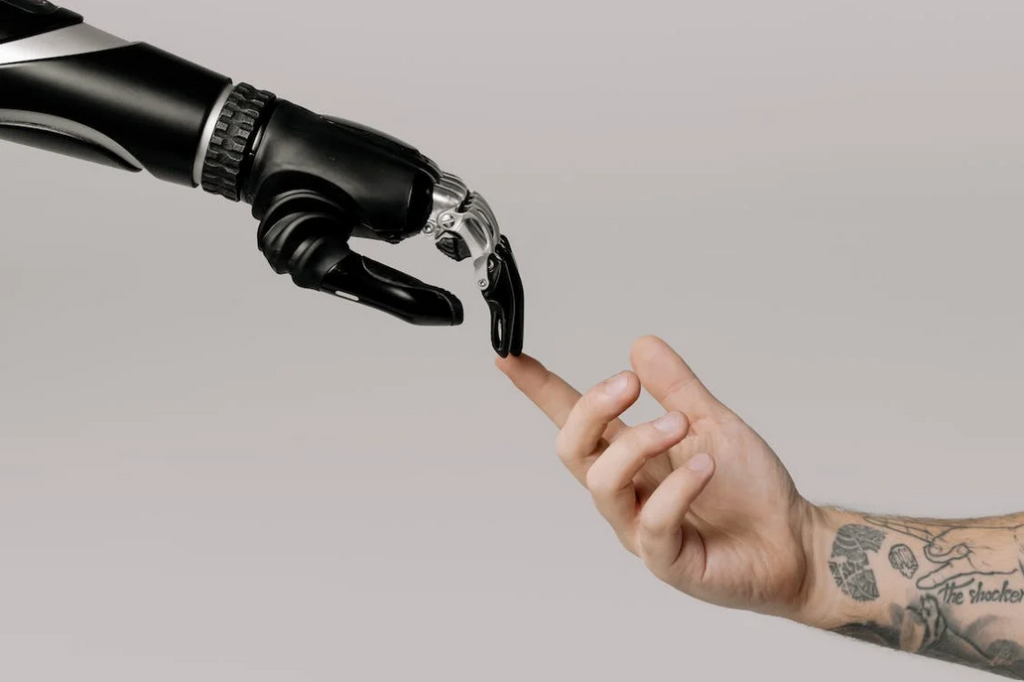Machine translation is a hot topic these days. It’s often equated with the well-known Google Translate tool, but the reality is much more complex. So, what is machine translation and how does it work? Does a human participate in the process? Is post-editing the same as revision?
In this article, we’ll look at the basics and benefits of machine translation and post-editing, as well as how they’re used.
What is machine translation?
People are often confused about machine translation (MT). Let’s start with a clear, but comprehensive review of the basics.
MT is when software translates a document. This software may use various approaches to process the text, which we’ll look at now.
Rule-based Machine Translation
This is the first type of MT developed. The software uses a dictionary and a set of linguistic rules (in the source and target languages). The program scans the text to be translated and matches the source and target entries.
This approach often generates good syntax in the target language due to the linguistic rules.
However, the text isn’t fluid and doesn’t sound natural because the approach is only based on grammar rules and dictionaries. It requires human post-editing (which is also true for all other MT approaches).
The rule-based MT approach isn’t used anymore because other technology has been developed.
Statistical Machine Translation
Statistical MT uses sets of monolingual and bilingual texts. It then creates probabilities about the correspondence of two texts. This approach is dependent on the quantity and quality of available texts. It requires lots of texts and therefore lots of data.
This is the major downside of this approach, along with the datasets used. A lack of updates makes the task more complicated and provides poor results.
This technology has been improved using artificial intelligence (AI), creating the approach that is currently most popular: neural machine translation.
Neural Machine Translation
Neural translation is accurate and combines AI with statistical machine translation, using algorithms. The engine reviews the input as a whole, rather than by subsections, so the element to be translated is considered in context.
A neural MT engine is actually AI that learns to translate using a neural network. Like statistical MT, it still needs large datasets because it learns from this data. The difference is the methodology it uses, which enables it to generate more accurate results.
AI imitates human behavior, machine learning allows the engine to learn from data integrated into the software and deep learning uses algorithms that imitate human logic.
The newest technology is adaptive neural MT, which has recently been introduced. This approach has two new features: it considers the entire document (rather than just a section) to write better phrases and it learns in real time from corrections made during post-editing.
Finally, the latest approach to be developed is large language models, which are still in development. This is a very wide-ranging approach that takes into account as many languages as possible at the same time. This technology can also make use of other content by transforming text into images or short videos, for example. This model also forms the basis for technologies like natural language processing (NLP) used for converting text to speech.
Does machine translation work for all fields? And can it be used by itself?
MT engines are increasingly powerful. However, remember that MT isn’t suitable for all fields.
For example, literary texts should not be translated using MT. The same is true for marketing or advertising documents, which aren’t ideal for machine translation.
Creativity, irony or cultural elements can’t be translated by MT software.
No matter what MT approach is used, humans will always need to post-edit the output. That’s why it makes more sense to talk about pre-translation. Humans get involved through post-editing, which is the work a linguist does on a text after it is pre-translated by the software. Post-editing is essential for all MT approaches.
What is post-editing?
Post-editing is completed by a linguist after a document has been processed by MT software.
Post-editing is different from proofreading and revision. Proofreading and revision are completed on human translations while post-editing applies to machine translation. A software program and a human don’t produce the same results, so the process of post-editing is different.
How will my document turn out?
The linguist first needs detailed instructions from the client about the expected quality level. The level of post-editing can vary.
For example, at ITC Global, we offer light post-editing (“good enough” quality) and full post-editing (quality closest to human translation).
Of course, basic spelling and grammar errors are always corrected.
In summary, machine translation isn’t synonymous with Google Translation. MT engines are increasingly sophisticated and generate quality results. However, they always require human post-editing. That’s why at ITC Global, we offer post-editing services tailored to your needs and we’re always available to advise you on the best methodology to choose for your project based on your expectations. Contact us!




